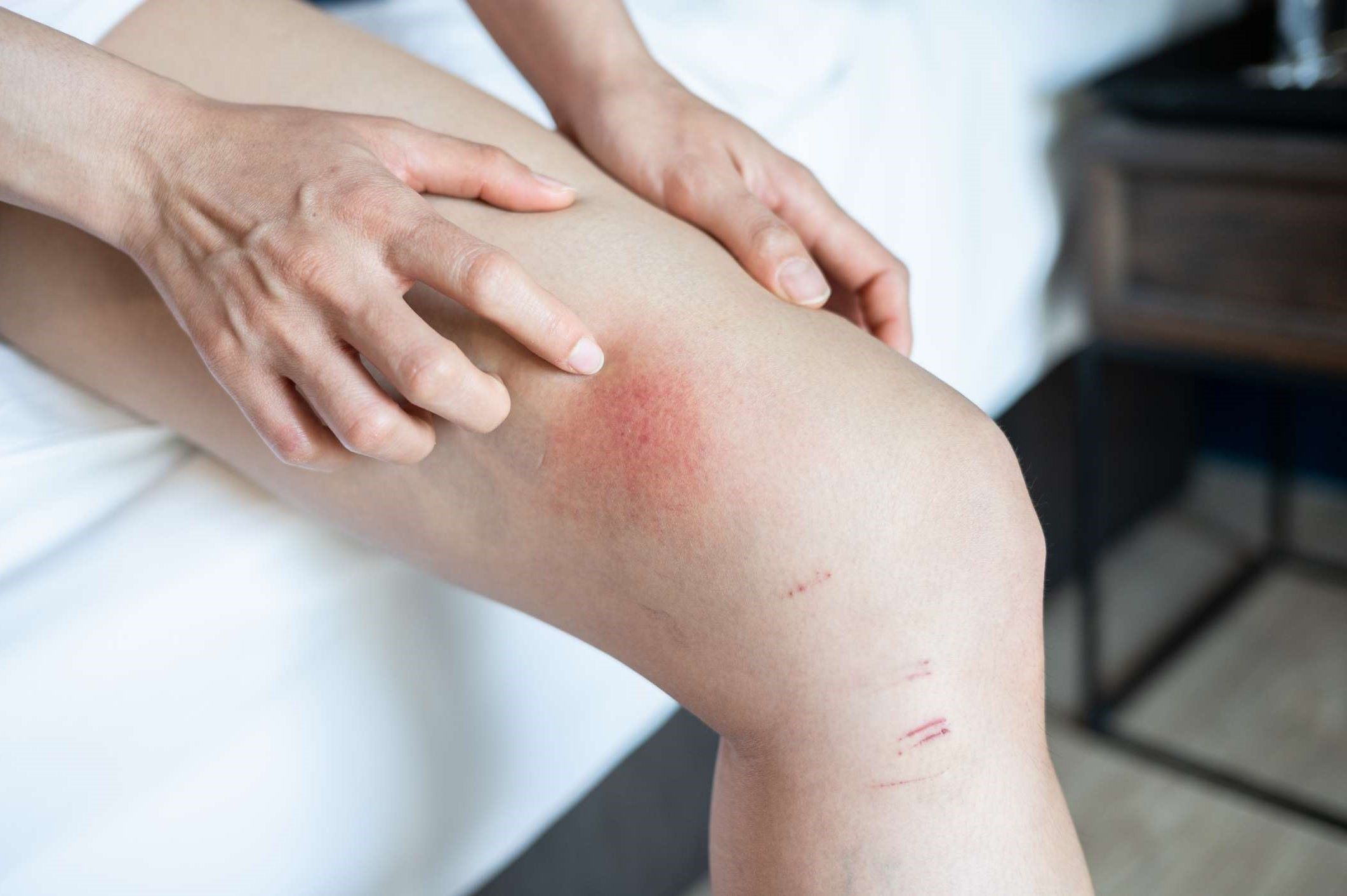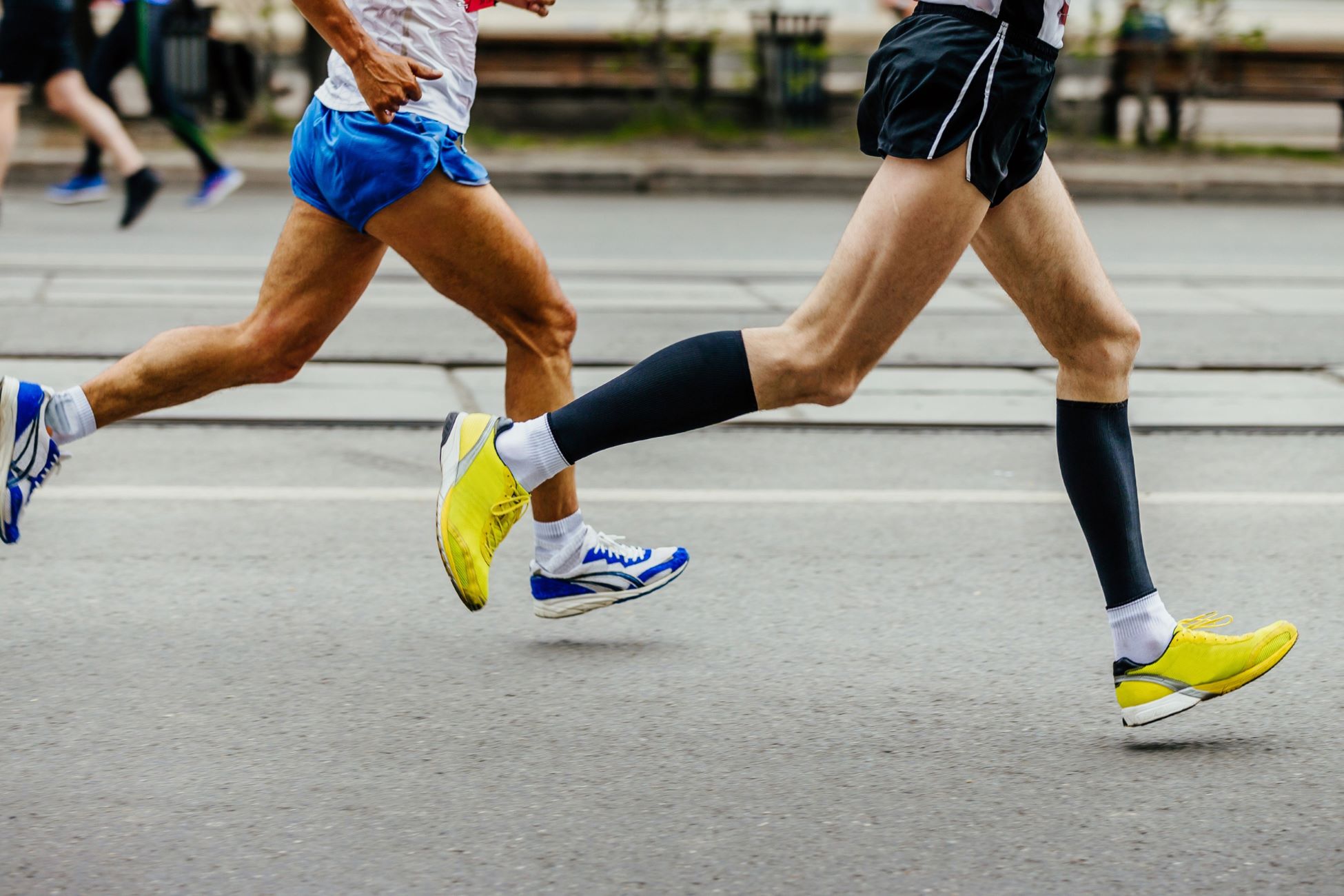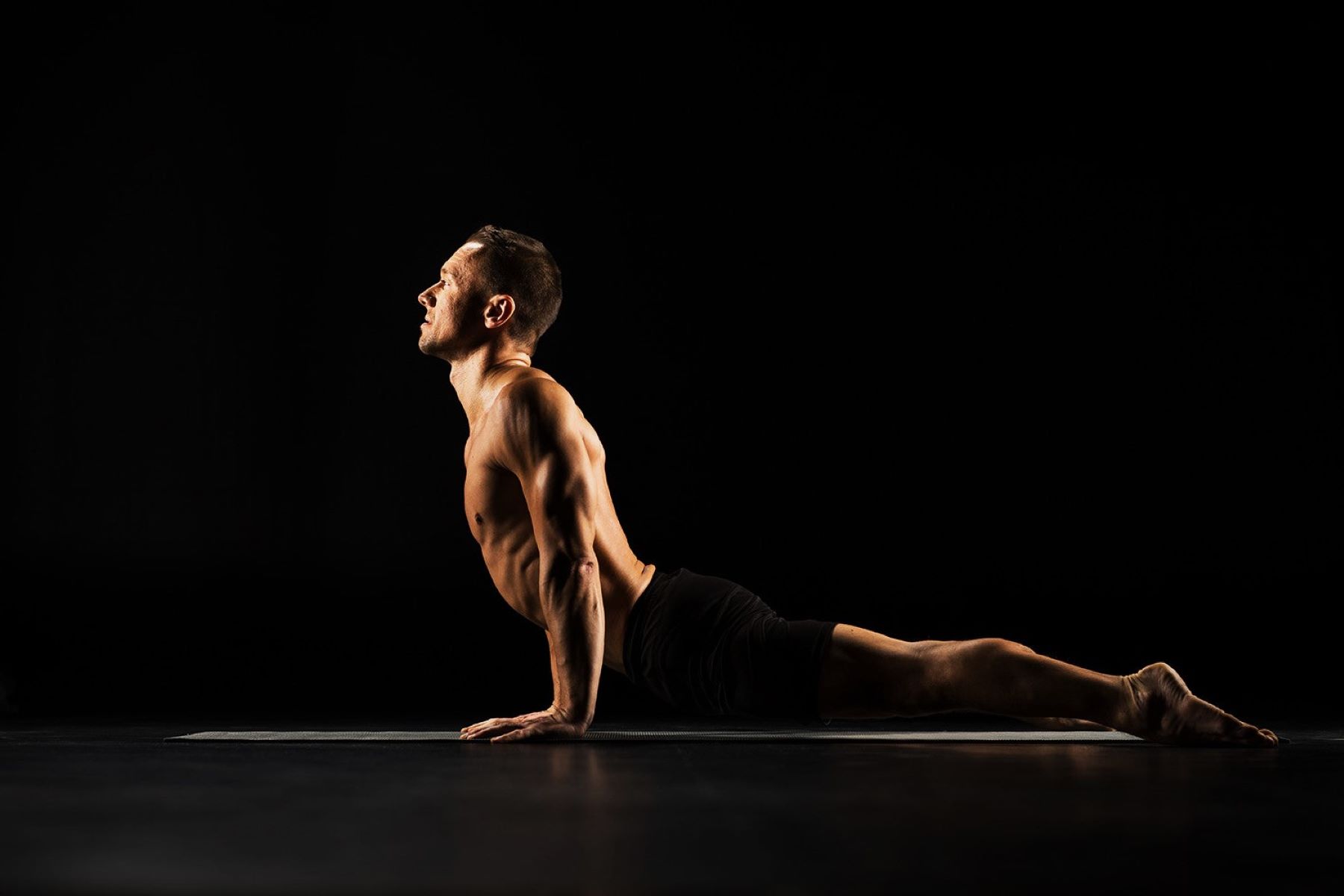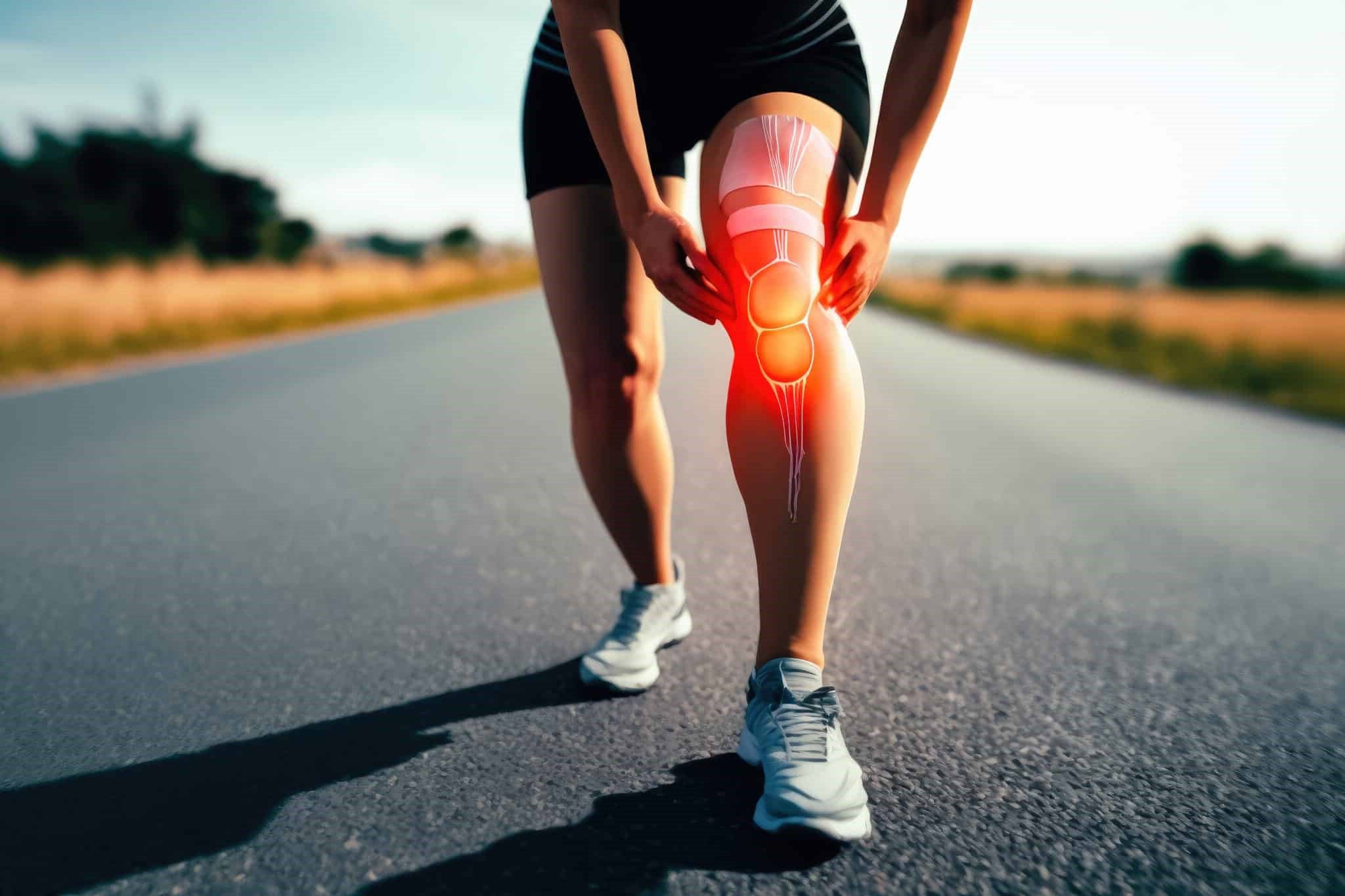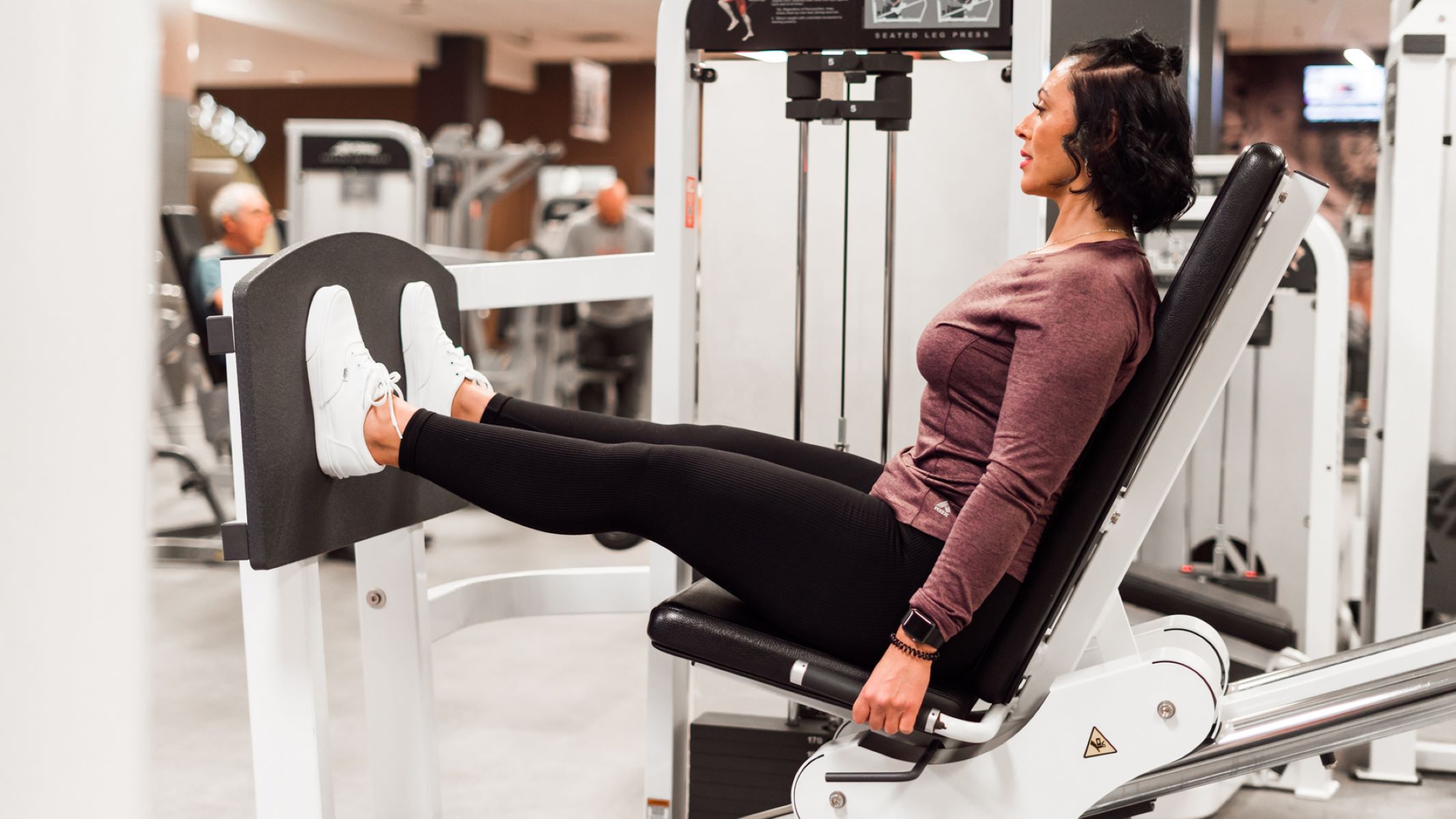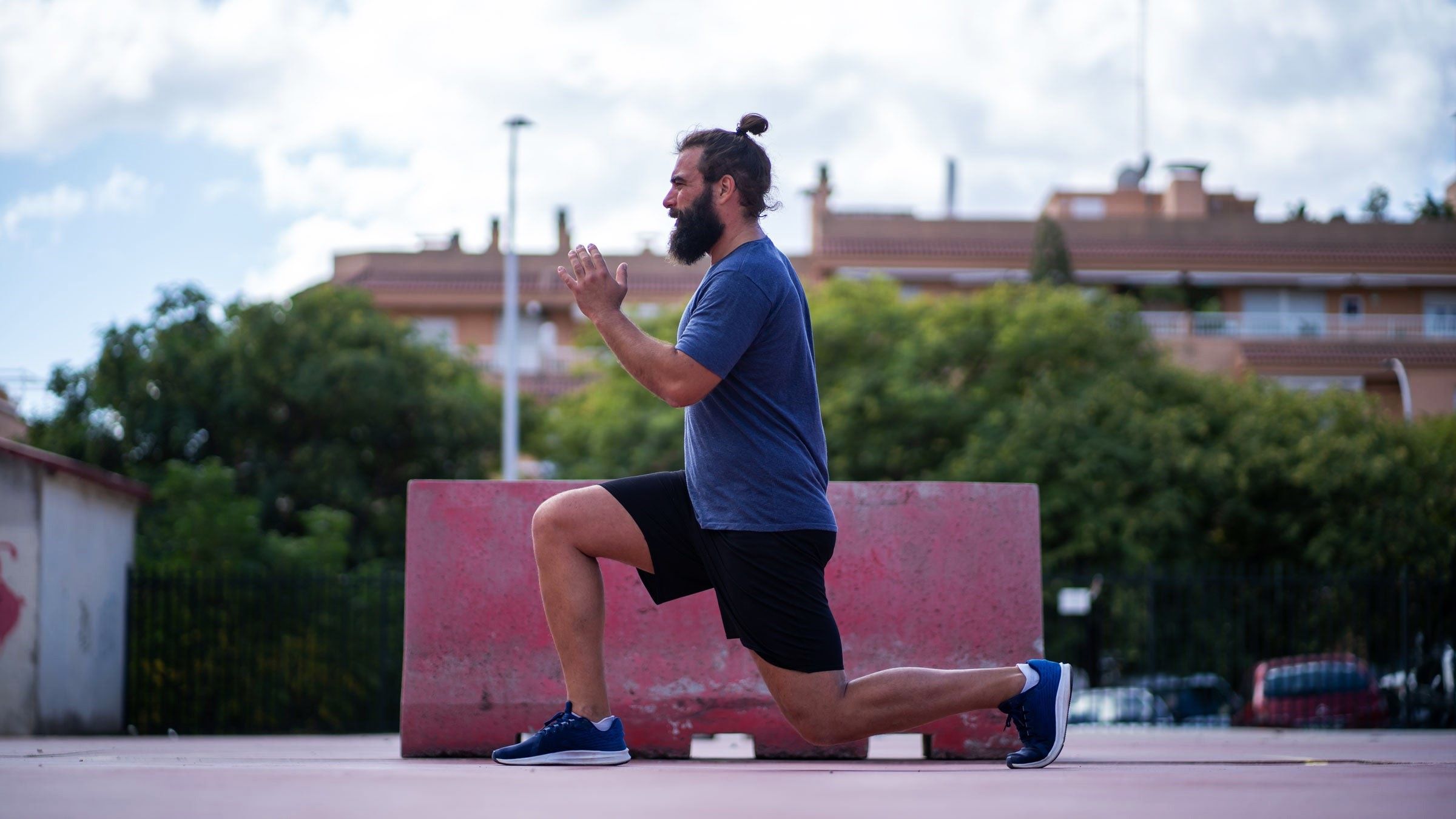Home>Gear & Reviews>Shoes>Maximize Comfort And Cushioning: Essential Tips For Runners
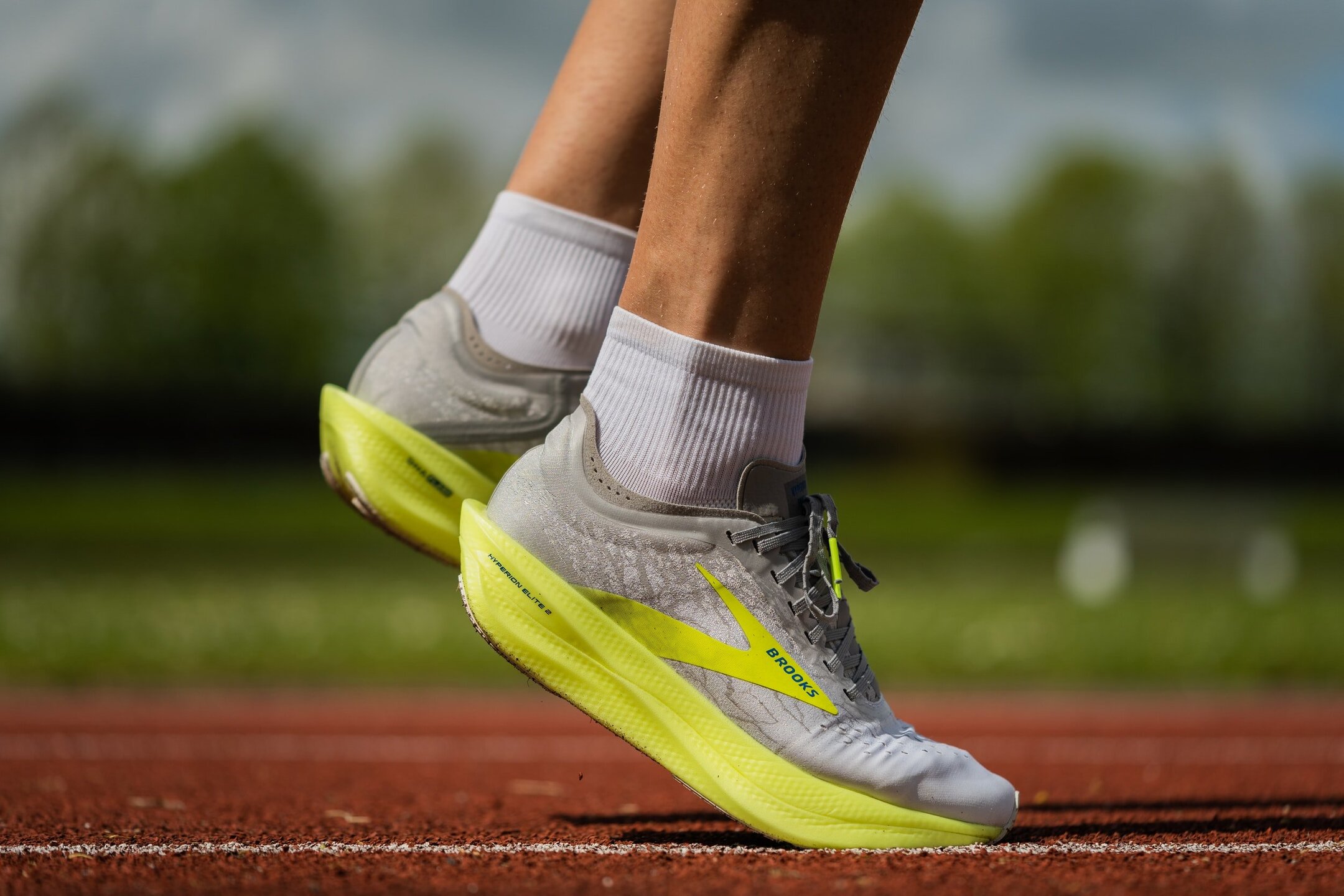

Shoes
Maximize Comfort And Cushioning: Essential Tips For Runners
Published: February 9, 2024
Discover essential tips for runners to maximize comfort and cushioning with the right shoes. Find expert advice on choosing the best footwear for your running needs.
(Many of the links in this article redirect to a specific reviewed product. Your purchase of these products through affiliate links helps to generate commission for Therunningadvisor.com, at no extra cost. Learn more)
Table of Contents
- Importance of Comfort and Cushioning for Runners
- Choosing the Right Running Shoes
- Understanding the Role of Insoles and Inserts
- Proper Sock Selection for Added Comfort
- Tips for Preventing Blisters and Hot Spots
- Incorporating Stretching and Strengthening Exercises for Foot Support
- Utilizing Foam Rollers and Massage Balls for Recovery and Comfort
Importance of Comfort and Cushioning for Runners
When it comes to running, comfort and cushioning are paramount for both performance and injury prevention. The right pair of running shoes can make a world of difference in the overall running experience. Whether you’re a seasoned marathon runner or a casual jogger, understanding the importance of comfort and cushioning is crucial for optimizing your running routine.
Comfort and cushioning play a pivotal role in mitigating the impact of each stride on the body. The repetitive nature of running can exert significant stress on the feet, ankles, and joints. Proper cushioning helps to absorb shock and reduce the strain on these areas, ultimately minimizing the risk of overuse injuries.
Furthermore, comfort directly influences a runner’s gait and stride. Ill-fitting or uncomfortable shoes can lead to discomfort, blisters, and hot spots, which can hinder performance and lead to unnecessary discomfort during and after runs. On the other hand, well-cushioned and comfortable shoes promote a more natural and efficient gait, allowing runners to maintain their pace and form without unnecessary distractions.
In addition to physical benefits, the psychological impact of comfort and cushioning should not be overlooked. Running in shoes that provide adequate support and cushioning can boost confidence and motivation, leading to a more enjoyable and rewarding running experience.
Ultimately, prioritizing comfort and cushioning in running footwear is not just about immediate comfort; it’s a proactive measure to safeguard the body from potential injuries and discomfort. By investing in the right shoes that prioritize these elements, runners can optimize their performance, enhance their overall running experience, and minimize the risk of long-term wear and tear on their bodies.
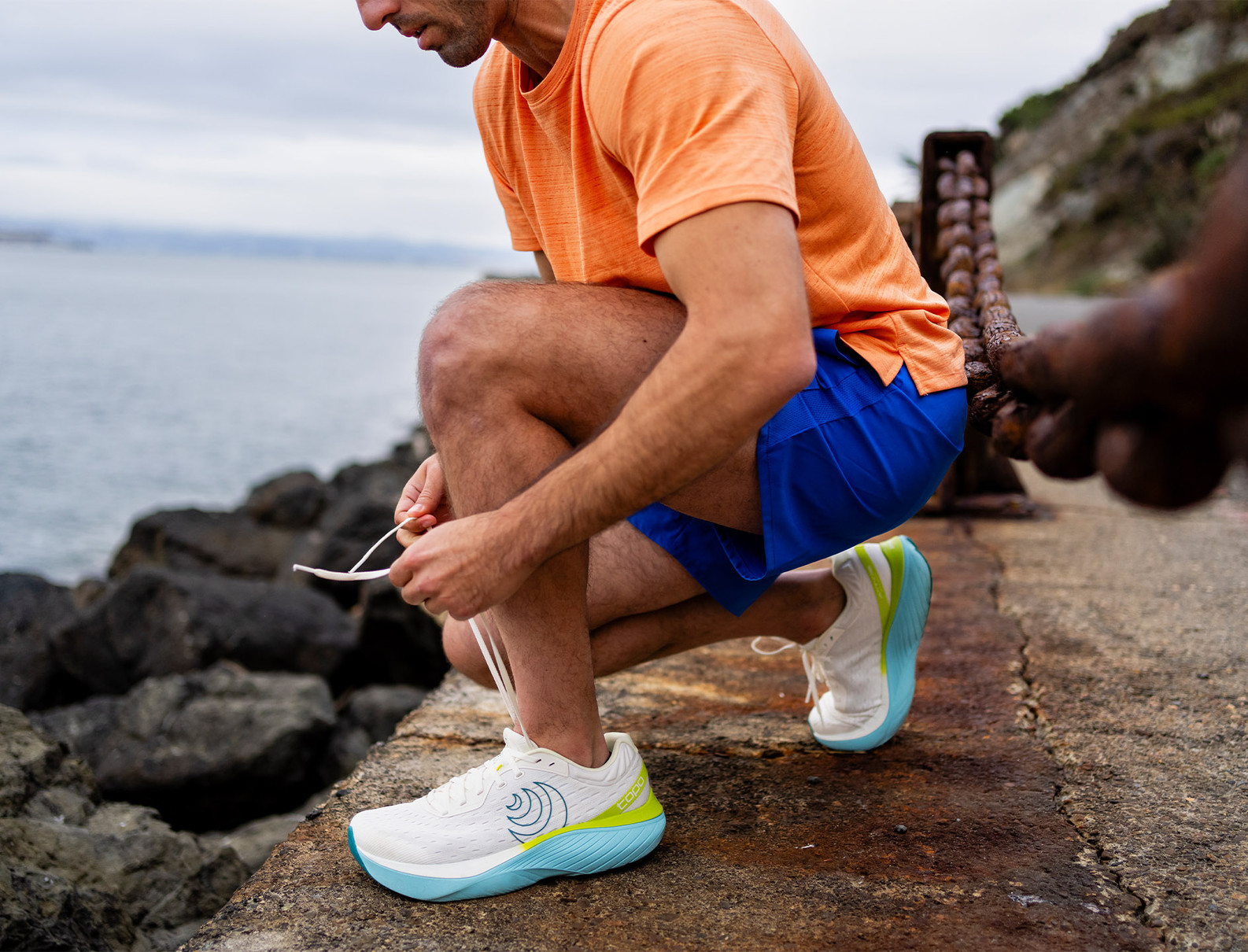
Choosing the Right Running Shoes
Selecting the right running shoes is a crucial decision that can significantly impact a runner’s performance and overall well-being. With a myriad of options available in the market, it’s essential to consider several key factors to ensure that the chosen shoes align with individual needs and preferences.
Understanding Pronation and Foot Type
One of the fundamental aspects of choosing the right running shoes is understanding one’s pronation and foot type. Pronation refers to the natural inward rolling motion of the foot during each stride. There are three primary types of pronation: neutral, overpronation, and underpronation (supination). Determining one’s pronation type can guide the selection of shoes with the appropriate level of support and cushioning to promote optimal foot alignment and stability.
Shoe Fit and Comfort
The fit of running shoes is paramount to ensure comfort and performance. When trying on running shoes, it’s crucial to leave a thumb’s width of space between the longest toe and the end of the shoe to accommodate natural foot swelling during runs. Additionally, the shoes should provide ample support and cushioning without feeling too tight or restrictive. Prioritizing comfort during the selection process can minimize the risk of discomfort, blisters, and hot spots during runs.
Consider Terrain and Running Style
Different running terrains and styles necessitate specific shoe features. For instance, trail running shoes are designed with enhanced traction and durability to navigate uneven and challenging terrains, while road running shoes prioritize lightweight construction and cushioning for smoother surfaces. Understanding the intended running environment and style can guide the selection of shoes tailored to meet those specific demands.
Seek Expert Advice
Visiting a specialty running store and seeking guidance from knowledgeable staff can provide invaluable insights into choosing the right running shoes. These professionals can conduct gait analysis to assess foot mechanics and recommend shoes that align with individual biomechanical needs. Additionally, they can offer personalized recommendations based on factors such as running frequency, distance, and any preexisting foot conditions.
Test and Compare Options
Before making a final decision, it’s beneficial to test and compare multiple shoe options to gauge comfort, fit, and performance. Taking the time to walk and jog in different shoes can provide firsthand experience of how each pair responds to individual gait and foot mechanics. This hands-on approach can lead to a more informed decision and ultimately result in a well-suited and comfortable running shoe selection.
In essence, choosing the right running shoes involves a comprehensive assessment of individual pronation, foot type, comfort, terrain considerations, and expert guidance. By prioritizing these factors, runners can make informed decisions that optimize comfort, performance, and overall running experience.
Understanding the Role of Insoles and Inserts
In the realm of running, the significance of insoles and inserts cannot be overstated. These often-overlooked components play a pivotal role in enhancing comfort, cushioning, and overall support, thereby contributing to an optimal running experience. Understanding the distinct functions and benefits of insoles and inserts can empower runners to make informed decisions about integrating these elements into their footwear.
Customized Support and Alignment
Insoles and inserts are designed to provide customized support and alignment for the feet, catering to individual biomechanical needs. They can address various foot conditions, such as high or low arches, overpronation, and supination, by offering targeted cushioning and stability. By promoting proper foot alignment, insoles and inserts help distribute pressure evenly across the feet, reducing the risk of discomfort and potential injuries during runs.
Enhanced Cushioning and Shock Absorption
The incorporation of high-quality insoles and inserts can significantly enhance the overall cushioning and shock absorption capabilities of running shoes. These supplementary components are engineered with advanced materials, such as gel inserts, memory foam, or specialized cushioning technologies, to attenuate the impact of each stride. By effectively dampening the forces exerted on the feet and lower limbs, insoles and inserts contribute to a smoother and more comfortable running experience.
Injury Prevention and Rehabilitation
Insoles and inserts serve as proactive measures in injury prevention and rehabilitation. They can mitigate the strain on vulnerable areas, such as the heels, arches, and forefoot, reducing the likelihood of overuse injuries and discomfort. Additionally, for runners recovering from specific foot ailments or injuries, specialized insoles and inserts can provide targeted support and cushioning to facilitate the healing process and gradual return to running activities.
Personalized Comfort and Performance Optimization
The versatility of insoles and inserts allows runners to personalize their comfort and performance optimization based on their unique preferences and requirements. Whether seeking additional arch support, metatarsal cushioning, or heel stabilization, the wide array of available insoles and inserts enables individuals to fine-tune their footwear to align with their specific needs. This customization fosters a more tailored and comfortable running experience, ultimately enhancing performance and enjoyment.
Seamless Integration and Versatility
Insoles and inserts offer a seamless integration into existing running shoes, providing a cost-effective and versatile solution to address individual foot concerns. They can be easily inserted and removed, allowing runners to experiment with different combinations to achieve the desired level of support and comfort. This adaptability empowers runners to optimize their footwear for various running conditions and distances without the need for multiple pairs of specialized shoes.
In essence, the role of insoles and inserts in running shoes extends beyond mere supplementary components; they are integral contributors to comfort, cushioning, and support. By recognizing the multifaceted benefits of insoles and inserts, runners can harness these elements to elevate their running experience, minimize the risk of discomfort and injuries, and unlock their full potential on the track or trail.
Proper Sock Selection for Added Comfort
The significance of proper sock selection in the realm of running cannot be overstated. While much attention is rightfully placed on choosing the right running shoes, the role of socks in enhancing comfort, cushioning, and overall performance should not be overlooked. When it comes to optimizing the running experience, the choice of socks plays a pivotal role in mitigating discomfort, preventing blisters, and promoting foot health.
Material Matters
The first consideration in sock selection is the choice of materials. Opting for moisture-wicking fabrics, such as merino wool or synthetic blends, can effectively manage sweat and moisture, keeping the feet dry and reducing the risk of chafing and blisters. These materials offer breathability and quick-drying properties, ensuring that the feet remain comfortable and free from excessive moisture during runs.
Cushioning and Support
Socks with targeted cushioning in the heel, forefoot, and toe areas can provide additional support and impact absorption, complementing the cushioning features of running shoes. This extra layer of cushioning can alleviate pressure points and reduce the impact of each stride, contributing to a smoother and more comfortable running experience. Additionally, socks with arch support can promote proper foot alignment and reduce fatigue during longer runs.
Seamless Construction
Seamless or flat-seam toe designs are essential considerations in sock selection, as they minimize friction and potential irritation. Runners often experience discomfort and blisters due to the rubbing of seams against the toes during repetitive movements. Opting for socks with seamless construction can mitigate this issue, ensuring a friction-free and irritation-free environment for the feet.
Proper Fit and Length
The fit and length of socks are crucial factors in ensuring optimal comfort and performance. Socks that are too tight can restrict circulation and lead to discomfort, while socks that are too loose may cause friction and slippage within the shoes. Choosing socks with the right fit, which typically means avoiding excess fabric that can bunch up or cause folds, is essential for preventing blisters and maintaining overall comfort during runs.
Specialized Designs for Specific Needs
For runners with specific foot conditions or preferences, specialized sock designs are available to address individual needs. This includes socks with extra padding for trail running, compression socks for enhanced circulation and muscle support, and blister-resistant socks with reinforced fibers in high-friction areas. Tailoring sock selection to align with specific running conditions and personal requirements can significantly enhance comfort and performance.
In essence, proper sock selection is a fundamental aspect of optimizing comfort and cushioning for runners. By prioritizing moisture-wicking materials, targeted cushioning, seamless construction, proper fit, and specialized designs, runners can elevate their running experience, minimize discomfort, and reduce the risk of blisters and foot-related issues. The synergy between well-chosen running shoes and high-quality socks creates a foundation for a comfortable, supportive, and enjoyable running journey.
Tips for Preventing Blisters and Hot Spots
Preventing blisters and hot spots is a critical aspect of maintaining comfort and minimizing discomfort during running. These common nuisances can quickly escalate from minor irritations to significant impediments, impacting a runner’s performance and overall experience. By implementing proactive measures and adopting best practices, runners can effectively mitigate the risk of blisters and hot spots, ensuring a smoother and more enjoyable running journey.
Proper Shoe Fit and Lacing Techniques
Ensuring the proper fit of running shoes is paramount in preventing blisters and hot spots. Shoes that are too tight or too loose can create friction and pressure points, leading to discomfort and potential skin irritation. By selecting shoes that provide adequate room for natural foot swelling and incorporating appropriate lacing techniques to secure the foot without constricting it, runners can minimize the risk of friction and rubbing that often lead to blisters and hot spots.
Read more: The Essential 7 Strength Moves For Runners
Moisture Management
Effective moisture management is essential for preventing blisters and hot spots. Excessive sweat and moisture can exacerbate friction, increasing the likelihood of skin irritation and blister formation. Choosing moisture-wicking socks and utilizing moisture-absorbing powders or lubricants can help keep the feet dry and reduce the potential for chafing. Additionally, taking brief breaks during longer runs to air out the feet and change into dry socks can further mitigate moisture-related issues.
Gradual Break-In Period for New Shoes
Introducing new running shoes gradually can help the feet adapt and minimize the risk of blisters and hot spots. Abruptly transitioning to new shoes for long runs without allowing the feet to acclimate to the footwear can lead to friction and discomfort. By gradually increasing the duration and intensity of runs in new shoes, runners can give their feet the opportunity to adjust to the footwear, reducing the likelihood of developing blisters and hot spots.
Strategic Use of Lubricants and Bandages
Applying lubricants, such as petroleum jelly or specialized anti-blister products, to areas prone to friction can create a protective barrier, reducing the likelihood of skin irritation and blister formation. Similarly, utilizing adhesive bandages or blister-specific patches on areas of concern, such as the heels or toes, can provide additional cushioning and protection against friction during runs. These preventive measures can effectively minimize the impact of repetitive movements on vulnerable areas of the feet.
Regular Foot Care and Inspection
Engaging in regular foot care and inspection is crucial for identifying early signs of potential blisters and hot spots. This includes maintaining proper toenail hygiene, addressing any areas of calluses or rough skin, and promptly addressing any discomfort or redness that may indicate the onset of skin irritation. By staying attentive to the condition of the feet and addressing any emerging issues proactively, runners can intervene before minor discomfort escalates into more significant problems.
Read more: Gear Review: Kinomap Trainer
Proper Recovery and Post-Run Care
Post-run care plays a pivotal role in preventing blisters and hot spots from worsening and promoting overall foot health. This includes promptly removing sweaty socks and shoes, cleansing the feet to remove any accumulated dirt or debris, and allowing the feet to air dry. Additionally, incorporating foot massages, stretching exercises, and utilizing recovery tools, such as foam rollers or massage balls, can alleviate tension and reduce the risk of developing blisters and hot spots due to muscle tightness or fatigue.
In essence, preventing blisters and hot spots requires a multifaceted approach that encompasses proper shoe fit, moisture management, gradual shoe break-in, strategic use of protective measures, regular foot care, and comprehensive post-run routines. By integrating these preventive strategies into their running regimen, runners can proactively safeguard against discomfort and skin irritations, ensuring a more seamless and enjoyable running experience.
Incorporating Stretching and Strengthening Exercises for Foot Support
In the pursuit of optimal foot support and overall running performance, the incorporation of stretching and strengthening exercises holds immense significance. These targeted exercises not only enhance the flexibility and strength of the foot muscles and connective tissues but also contribute to improved stability, balance, and injury prevention. By integrating a comprehensive regimen of stretching and strengthening exercises into their routine, runners can fortify their foot support system, promote proper biomechanics, and elevate their running experience.
Dynamic Stretching for Flexibility
Dynamic stretching exercises, characterized by fluid and controlled movements that take the muscles and joints through a full range of motion, are instrumental in enhancing foot flexibility. Dynamic ankle circles, toe taps, and walking lunges with a focus on ankle dorsiflexion and plantar flexion can effectively mobilize the foot and ankle complex. These exercises promote improved joint mobility, reduce stiffness, and prepare the feet for the demands of running, ultimately contributing to a more fluid and efficient stride.
Strengthening the Intrinsic Foot Muscles
Targeted strengthening of the intrinsic foot muscles is essential for cultivating stability and resilience. Exercises such as toe curls, marble pickups, and towel scrunches engage the small muscles of the feet, enhancing their ability to provide support and maintain proper arch structure. By systematically strengthening these often-neglected muscles, runners can fortify their foundation, reduce the risk of overuse injuries, and optimize their foot mechanics for a more powerful and stable push-off during each stride.
Read more: Essential Items For Runners’ Shopping List
Calf Raises for Ankle Strength
Calf raises, both in a traditional standing position and on a slant board, are valuable exercises for bolstering ankle strength and stability. By performing calf raises, runners can target the gastrocnemius and soleus muscles, which play a pivotal role in propelling the body forward during running. Strengthening these muscles not only enhances push-off power but also contributes to improved shock absorption, reducing the strain on the feet and lower limbs during each foot strike.
Balance and Proprioception Training
Incorporating balance and proprioception exercises, such as single-leg stands, wobble board drills, and agility ladder drills, can refine neuromuscular control and enhance proprioceptive feedback. These exercises challenge the foot and ankle complex to maintain stability and alignment, fostering improved coordination and responsiveness. By honing these fundamental aspects of foot support, runners can mitigate the risk of ankle sprains and enhance their overall stability on various running surfaces.
Plantar Fascia Stretching for Tension Relief
Stretching exercises targeting the plantar fascia, such as the standing calf stretch and towel stretch, are instrumental in alleviating tension and promoting flexibility in the arch and heel areas. These stretches help reduce the risk of plantar fasciitis and related discomfort by maintaining optimal elasticity and mobility in the plantar fascia. By incorporating these stretches into their routine, runners can safeguard against common sources of foot discomfort and maintain a more resilient and supple foot structure.
In essence, the integration of stretching and strengthening exercises for foot support is a proactive investment in overall foot health, performance optimization, and injury prevention. By embracing a holistic approach that encompasses flexibility, strength, balance, and tension relief, runners can cultivate a robust foundation, elevate their running mechanics, and embark on their running endeavors with confidence and resilience.
Utilizing Foam Rollers and Massage Balls for Recovery and Comfort
In the realm of running, the post-run recovery phase is as crucial as the running itself. It is during this period that the body undergoes repair and rejuvenation, and the feet, in particular, require special attention to alleviate tension, promote circulation, and expedite muscle recovery. Utilizing foam rollers and massage balls as integral components of a comprehensive recovery routine can significantly enhance comfort, alleviate soreness, and contribute to overall well-being.
Foam Rollers: Targeted Myofascial Release
Foam rollers serve as versatile tools for myofascial release, a technique that targets the fascia, a connective tissue that envelops and supports the muscles. By systematically rolling the feet, calves, and lower limbs over a foam roller, runners can effectively alleviate muscle tightness, adhesions, and trigger points that may have developed during the run. This process promotes improved blood flow, reduces muscle tension, and accelerates the removal of metabolic waste products, facilitating faster recovery and enhanced comfort.
Massage Balls: Precision and Deep Tissue Relief
Massage balls, with their compact and targeted design, offer precise relief for specific areas of discomfort and tension. By applying controlled pressure to the soles of the feet, arches, and targeted muscle groups, runners can stimulate circulation, release localized tension, and promote relaxation. The use of massage balls enables runners to address areas of soreness with greater precision, fostering deep tissue relief and enhancing overall comfort.
Enhanced Circulation and Recovery
The utilization of foam rollers and massage balls contributes to enhanced circulation, a fundamental aspect of post-run recovery. By stimulating blood flow to the feet and lower limbs, these tools facilitate the delivery of oxygen and nutrients to the muscles, aiding in the repair and recovery process. Additionally, improved circulation supports the removal of metabolic byproducts, such as lactic acid, reducing muscle soreness and promoting a swifter recovery timeline.
Alleviating Foot Discomfort and Tension
The targeted application of foam rollers and massage balls can effectively alleviate foot discomfort and tension, addressing common sources of post-run soreness. By systematically rolling and massaging the feet, runners can release tightness in the plantar fascia, reduce tension in the arches, and promote relaxation in the muscles. This proactive approach to foot care not only minimizes discomfort but also fosters a more rejuvenated and comfortable state for the feet, preparing them for subsequent runs.
Integration into Recovery Routine
Incorporating foam rollers and massage balls into a structured recovery routine is essential for maximizing their benefits. By dedicating time to roll and massage the feet and lower limbs after each run, runners can establish a consistent practice that promotes ongoing comfort, accelerates recovery, and minimizes the risk of overuse injuries. This integration fosters a proactive approach to foot care, ensuring that the feet remain primed and rejuvenated for future running endeavors.
In essence, the utilization of foam rollers and massage balls for recovery and comfort represents a proactive investment in foot health, post-run rejuvenation, and overall well-being. By embracing these tools as integral components of their recovery routine, runners can alleviate soreness, enhance circulation, and cultivate a more comfortable and resilient foundation for their running pursuits.

